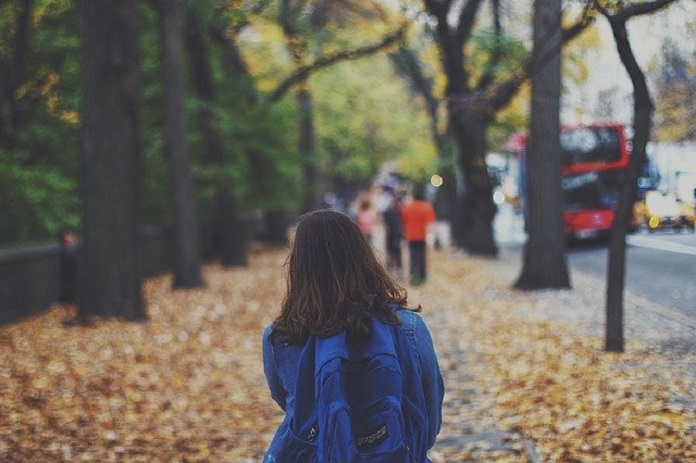Psychologists reviewed anxiety in young children caused by the COVID-19 pandemic.
It is normal for children to feel anxious when experiencing change. Studies have shown that during non-pandemic times up to 15.7% of adolescents and 2.7% of young children have symptoms of health-related anxiety. But in the middle of a global pandemic, how can parents know when anxiety in young children has gone beyond the norm, and when they should seek professional help?
Researchers from the University of Bath recently conducted a review study to better understand the assessment and treatment of health-related anxiety in young children that might result from COVID-19. Their results were published in the Behavioural and Cognitive Psychotherapy Journal.
Understanding anxiety in young children can be difficult because of the different stages of development. During a time when a young child might already instinctively turn to their parents for reassurance, it can be hard to know whether that anxiety needs medical help. During the COVID-19 pandemic, these worries may escalate to the point that typical daily activities are impacted.
Because anxiety in young children looks quite different from anxiety in adolescents, when possible, the study separated the two groups. For the same reason, the researchers grouped the results into those related to individual factors and those that could be related to the COVID-19 pandemic.
Diagnosing anxiety in young children can be difficult. A child with anxiety often has other anxiety disorders, so it is important that an accurate diagnosis is made. The researchers found that a combination of interviews with the child and parents, self-assessment questionnaires, and observation by medical staff were the best ways to diagnose anxiety in young children.
There are not many specific treatments for anxiety in young children. One treatment that has shown success is cognitive behavioural therapy (CBT). CBT tries to decrease any stress children might feel, limit safety-seeking behaviors, and help explain signs children might interpret as symptoms to be worried about.
The researchers note that in the COVID-19 pandemic, it is normal for kids to experience health-related anxiety. But for those children that have a debilitating health-related anxiety, there are methods for diagnosing and treatment options available.
In a press release Dr. Maria Lodes from the University of Bath’s Department of Psychology recommended, “As children and young people return to school, they need to have the opportunity to catch up, not just academically, but also socially and emotionally. A big part of this is having the time and space to connect with one another, through play, which gives them a chance to process the emotions and to share their experiences with others. It will take time for children and young people to adjust. While we want to avoid pathologizing normal responses to the pandemic, in children and young people especially, it is vital to spot the signs and intervene early.” She concluded, “We all need to work together to ensure children and young people are able to live their lives to the fullest.”
Written by: Rebecca K. Blankenship, B.Sc.
Reference:
1. Haig-Ferguson A, Cooper K, Cartwright E, Loades M, Daniels J. Practitioner Review: Health Anxiety in Children and Young People in the Context of the COVID-19 Pandemic. Behav Cogn Psychother. 2020:1-34. doi:10.1017/s1352465820000636
Image by Free-Photos from Pixabay



